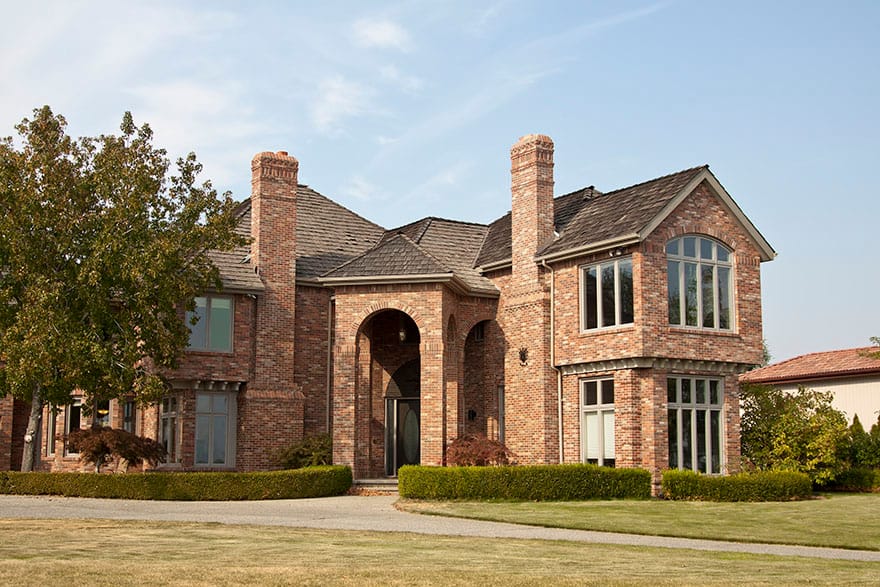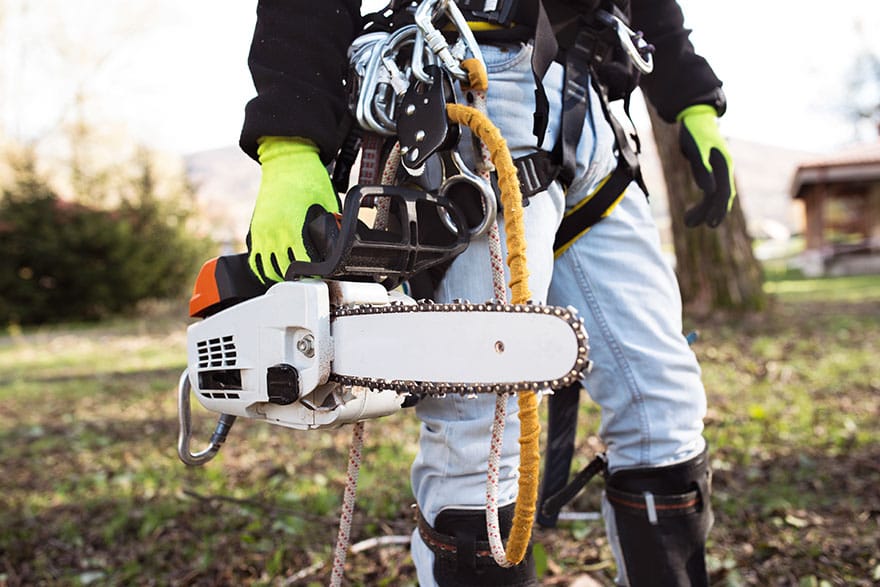Do you experience chimney or roof leaks in heavy rain? This is a common problem that comes about when you haven’t installed a vital part of the chimney. Leaks will also come about when the chimney is on its last leg.
To help you understand the problem better, here are some of the top reasons given by chimney repair or roofer technicians as to why your chimney leaks in heavy rain:
The chimney crown has cracked
All chimneys have a chimney crown that lies at the top of the brickwork. The crown is essentially a cement covering that prevents snow, rain, and other wintery elements from getting into the masonry and chimney.
If your chimney is old, it’s common for the chimney crown to get damaged, bringing about shrinkage or shift in chimney structure. The cold and hot weather alterations can also cause the crown to expand and contract, leading to chimney cracks.
If you don’t fix a small crack early enough, it gets big, which undermines the protective abilities of the crown; hence water leaks into the chimney.
You can save a cracked crown when you identify the problem early enough, so you must let an expert know about leakage as soon as you notice one. If the chimney crown cracks are small, the contractor can use crown coating materials and stop the leakages.
On the other hand, if you have ignored the leakages and the cracks have gotten large, to fix them, you need to remove and relay the masonry.
The fireplace flashing is torn or cracked
The flashing is the material (usually made from aluminum) that surrounds the part of the chimney poking out of the rooftop. During installation, contractors seal the flashing to prevent leaks. Unfortunately, due to the old age or poor installation, the seal wears out, causing leakages.
You need to hire a chimney technician to inspect the chimney, and if the leakage is due to a problematic flashing, seal it.
If your chimney is old, you may have to replace the flashing. Consult a chimney contractor and choose the right material for your fireplace. You should note that the material you choose has a significant influence on the durability of the chimney, so avoid cheap materials as they will wear out fast, forcing you to go back to the leaking days.
Bricks and mortar are leaking
On the surface, brick and mortar look solid and impervious to water. Unfortunately, they aren’t. The situation is worse if you have poor masonry or the chimney is old.
When there is a leakage, and you don’t fix it early enough, it’s only a matter of time before the entire chimney starts coming down. To prevent this from happening, as soon as you notice your chimney leaking, contact an expert to undertake an inspection and tests, and determine how efficient the bricks are.
One of the best tests the contractor should undertake is the Masonry Absorption Test (MAT). The test involves attaching a special test tube to the side of the chimney. Using the test, you can tell the amount of time it takes for water to get absorbed into the wall.
From the results, the contractor will know whether to waterproof the chimney or put up new bricks.
Your chimney doesn’t have a chimney cover
A chimney cover is located at the top of the chimney and prevents the rain from falling into the house. The cover not only keeps out rain, but it also keeps debris, birds, and animals from accessing the insides of the fireplace.
To stop the leaking, you need to get a chimney cover and ask a professional to install it for you.
You have loose knots and cracks in the wood siding
Do you have wood siding in your house? If old, it’s normal to have knots in the wood that come loose or come off altogether. The wood can also get old, dry, and split.
Either way, water can get behind the siding and leak into the chimney.
The best way out is to ask roofer to inspect the siding and chimney and ensure they are properly sealed.
If not, he/she should decide whether to seal the chimney or install a new wood siding.


